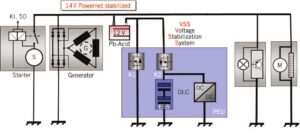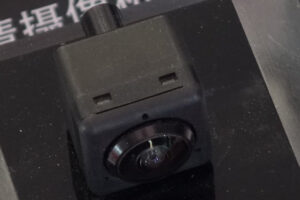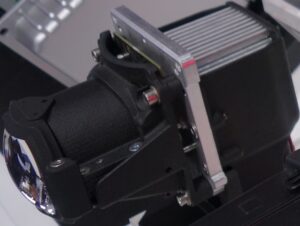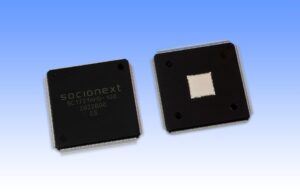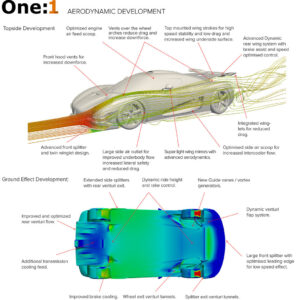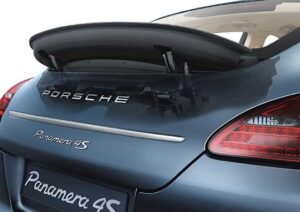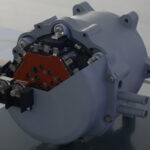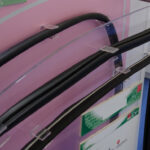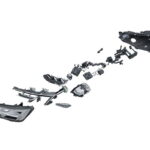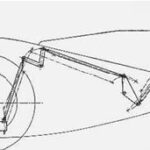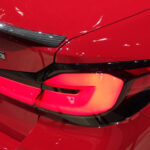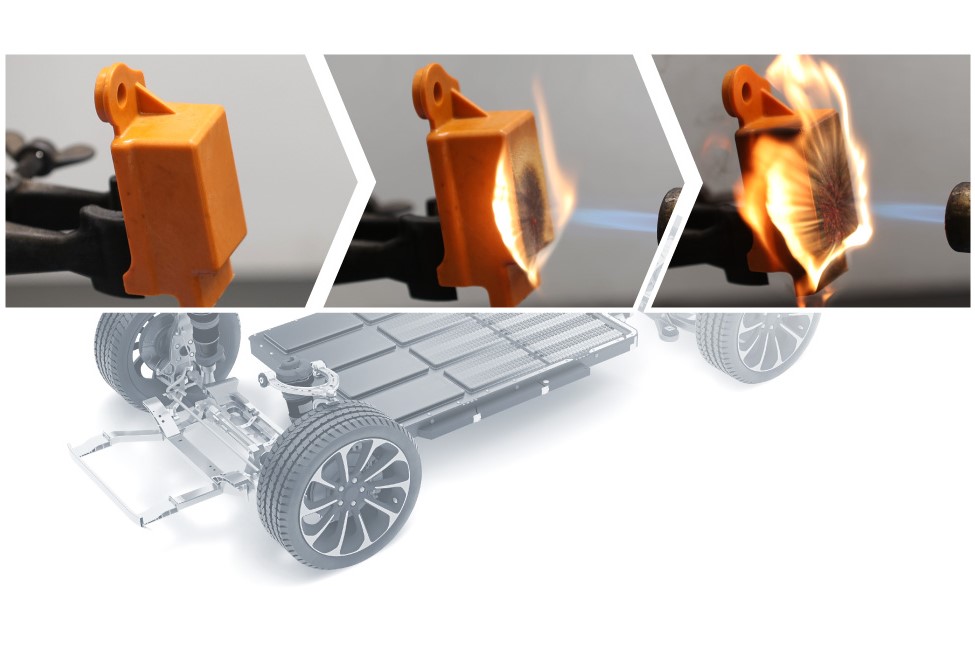
The new material class can withstand very high temperatures. It does not melt or ignite. In laboratory tests, a two-millimeter-thick material sample can even resist an applied flame with a temperature of 1,200 degrees Celsius for over 25 minutes.
Further tests simulate the emission of hot particles under high pressure, which can occur if the gases in battery cells are abruptly discharged. Quantix ULTRA withstands the stress test for 20 seconds. A two-millimeter-thick aluminum sample only takes two or three seconds to be destroyed.
Freudenberg Sealing Technologies uses this innovative material to produce flame protection barriers for the cooling system of lithium-ion batteries, for example. As of February 2024, these will be used for the first time by a car manufacturer in series production vehicles.
Quantix ULTRA is suitable for all applications with high requirements for fire protection and lightweight construction. Moreover, it is not limited to specific geometric shapes. The material can be processed into films, for example, to be implemented in battery-electric drives. Other areas of use include enclosures for power supply units, media-carrying lines, cable insulation, battery housing covers and components for electric motors.
For engineering plastics, temperature resistance is an outstanding differentiating feature. This applies to both amorphous and semi-crystalline materials. But all currently used polymers have one thing in common: Once the so-called glass transition temperature is reached, their rigidity decreases noticeably and collapses abruptly when the melting point is exceeded. In such a case, the flame protection ceases to exist.
The base material of Quantix ULTRA is a thermoplastic that is already temperature resistant. The precise addition of fillers such as glass or carbon fibers reinforces the mechanical stability even under enormous heat. The additional cross-linking of the plastic molecular chains ensures that the component maintains its shape even under extreme conditions. The material properties can be adjusted with a focus on the specific application.
Quantix ULTRA is easy to process through injection molding. It shares the associated advantages with other thermoplastics, including the production of complex geometries in short cycle times and thus in large quantities. The patented cross-linking also plays a role in the economical production. It is solely based on the introduction of a special cross-linking agent into the material while maintaining the standard injection molding process. Other known methods are much more complicated. They work with gamma radiation or in solvents.

